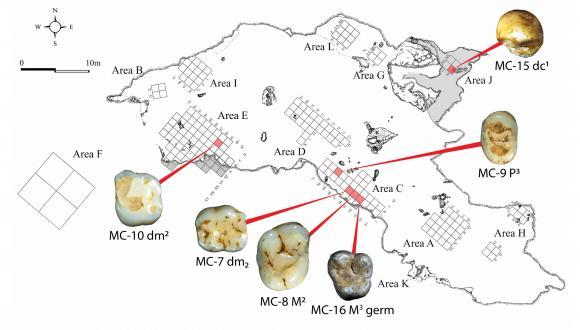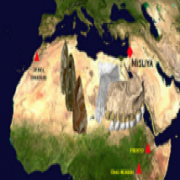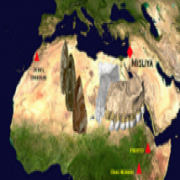Discovery of six human teeth in Manot Cave sheds light on the Aurignacian entity
A study on the new findings was published recently in the Journal of Human Evolution
Who exactly were the Aurignacians who lived in the Levant ca. 40,000 years ago? Until recently, little evidence, human remains or otherwise, had been found to possibly tell their story
Now, researchers from Tel Aviv University, the Israel Antiquities Authority and Ben-Gurion University have found that these culturally sophisticated humans migrated from Europe to the Levant some 40,000 years ago, shedding light on a significant era in the region's history.
The Aurignacian culture first appeared in Europe some 43,000 years ago and is known for having produced bone tools, artifacts, jewelry, musical instruments and cave paintings.
For years, researchers believed that modern man's entry into Europe led to the rapid decline of the Neanderthals, either through violent confrontation or wresting control of food sources. But recent genetic studies have shown that Neanderthals did not vanish but rather assimilated into modern human immigrant populations. This new study adds further evidence to substantiate this theory.





